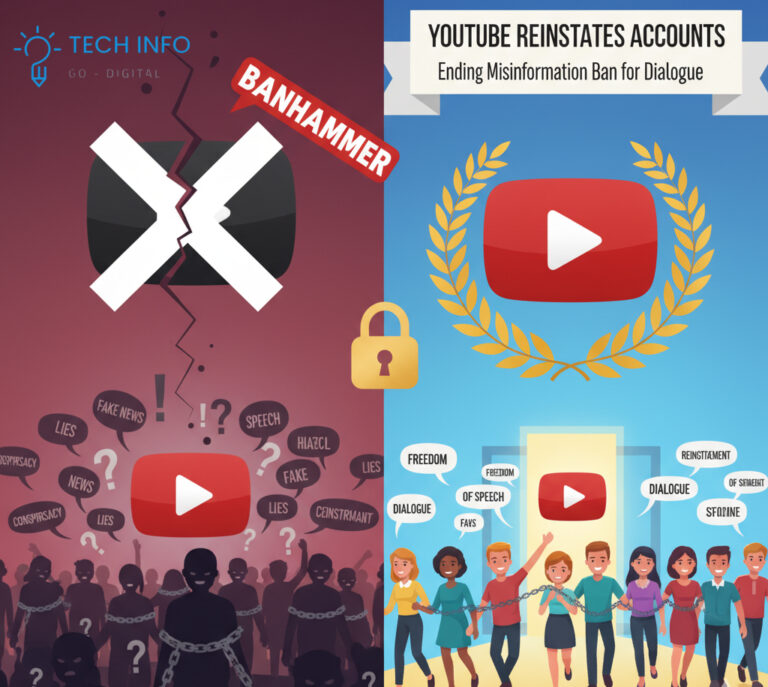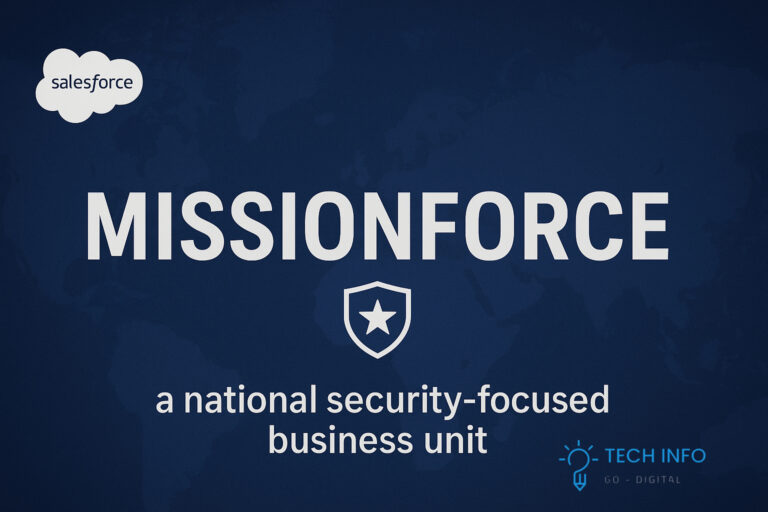Table of Contents
ToggleNavigating the Minefield: What YouTube’s Reinstatement of Misinformation Accounts Really Means

The digital public square is never quiet for long. Recently, a seismic announcement from YouTube sent ripples across the internet: the platform will begin a process to reinstate accounts previously suspended for spreading misinformation, particularly regarding the 2020 US election and COVID-19. This decision, framed by YouTube as a careful reassessment in a changed world, has ignited a firestorm of debate. Is this a move towards greater free speech, a dangerous capitulation, or a pragmatic business decision? To understand the implications, we need to look beyond the headlines and into the complex interplay of policy, power, and public discourse.
The Official Rationale: A Changed Context
YouTube’s argument for this policy shift rests on several key points. Firstly, they contend that the extreme circumstances of the pandemic and a highly contentious election have passed. The “imminent real-world harm” threshold that justified swift, aggressive moderation in 2020 and 2021 has, in their view, lowered. They are essentially arguing that the “fire” has been contained, making the emergency measures less necessary.
Secondly, YouTube emphasizes that this is not a blanket amnesty. Reinstatements will be evaluated on a case-by-case basis. Accounts that engaged in egregious, persistent malicious activities, such as inciting violence or coordinating harassment campaigns, are likely to remain banned. The focus, instead, seems to be on channels that crossed a specific policy line during a period of high tension but may not have built their entire identity around harmful falsehoods.
Finally, there is an underlying appeal to the principle of open dialogue. The argument goes that in a healthy democracy, even controversial ideas should be heard and countered, not silenced. By allowing reinstated users back onto the platform, YouTube posits that their claims can be publicly debunked by creators and fact-checkers, theoretically strengthening the audience’s media literacy—a concept often called the “marketplace of ideas.”
The Case for Concern: Amplification Over Accuracy
Despite YouTube’s measured explanation, critics have raised powerful objections. The most significant concern is the sheer scale and speed of misinformation. A single high-profile account, with millions of subscribers, can disseminate a false narrative to an audience larger than that of most major newspapers. Reinstating such an account doesn’t just give a voice back to an individual; it restarts a powerful propaganda machine.
The “marketplace of ideas” argument, critics say, is fundamentally flawed in the context of algorithmic platforms. Truth and sensationalism do not compete on a level playing field. Misinformation is often simple, emotionally charged, and identity-affirming, making it highly engaging and easily shareable. Complex, evidence-based corrections simply cannot compete in the race for attention. The algorithm, designed to maximize watch time, may inadvertently promote the very content that was once deemed too harmful for the platform.
Furthermore, there is the issue of trust and safety for vulnerable communities. For individuals and groups targeted by misinformation campaigns—be it doctors facing harassment or election workers receiving death threats—reinstating the accounts that fueled those fires is seen as a profound betrayal. It signals that their safety is secondary to a broad, and arguably abstract, commitment to speech. This can have a chilling effect, driving experts and credible voices away from the platform for fear of being targeted.
The Business and Political Calculus
It is impossible to divorce this decision from the wider political and business landscape. Social media platforms, YouTube included, face mounting pressure from various sides. On one flank, there are legislators and user advocates pushing for more stringent content moderation to protect democracy and public health. On the other flank, there is a powerful movement accusing these platforms of ideological bias and censorship, often culminating in threats of antitrust regulation and intense public scrutiny.
Reinstating some accounts can be seen as a strategic concession to this latter group. It allows YouTube to demonstrate that it is not an unaccountable arbiter of truth and that its policies can evolve. From a business perspective, controversial creators are often immensely popular and drive significant engagement. Their return could boost advertising revenue and viewing metrics, a tempting proposition for any publicly traded company like Google, YouTube’s parent company.
This puts YouTube in an almost impossible position. It is expected to be a global police force, a bastion of free expression, and a highly profitable business—three roles that are frequently in direct conflict.
The Path Forward: Transparency and Nuance
So, where does this leave the average user? The situation is not black and white. A perfectly curated platform free of all falsehoods is an unattainable fantasy, just as an entirely unmoderated one would quickly descend into chaos. The real test of YouTube’s new policy will lie in its execution.
Transparency is paramount. YouTube must clearly communicate the specific criteria for reinstatement. What distinguishes a reinstatable offense from a permanent ban? Who is making these decisions, and what oversight exists? Without clear, public guidelines, the process will be perceived as arbitrary and politically motivated.
Context is critical. If an account is reinstated, YouTube has a responsibility to prevent history from repeating itself. This could involve stricter monetization rules, reduced algorithmic promotion, or prominent links to credible information sources when controversial topics are discussed. Reinstatement should not mean returning to the same level of influence without safeguards.
User empowerment is key. Ultimately, users need better tools to curate their own experience. Enhanced blocking features, more granular controls over recommendations, and clearer indicators of a channel’s history could help individuals make informed choices about the content they consume.
The decision to reinstate accounts is a gamble. YouTube is betting that the digital ecosystem is now resilient enough to handle the re-introduction of once-toxic voices. The outcome of this experiment will shape not only the future of the platform but also the integrity of the information landscape for years to come. One thing is certain: the world will be watching.





